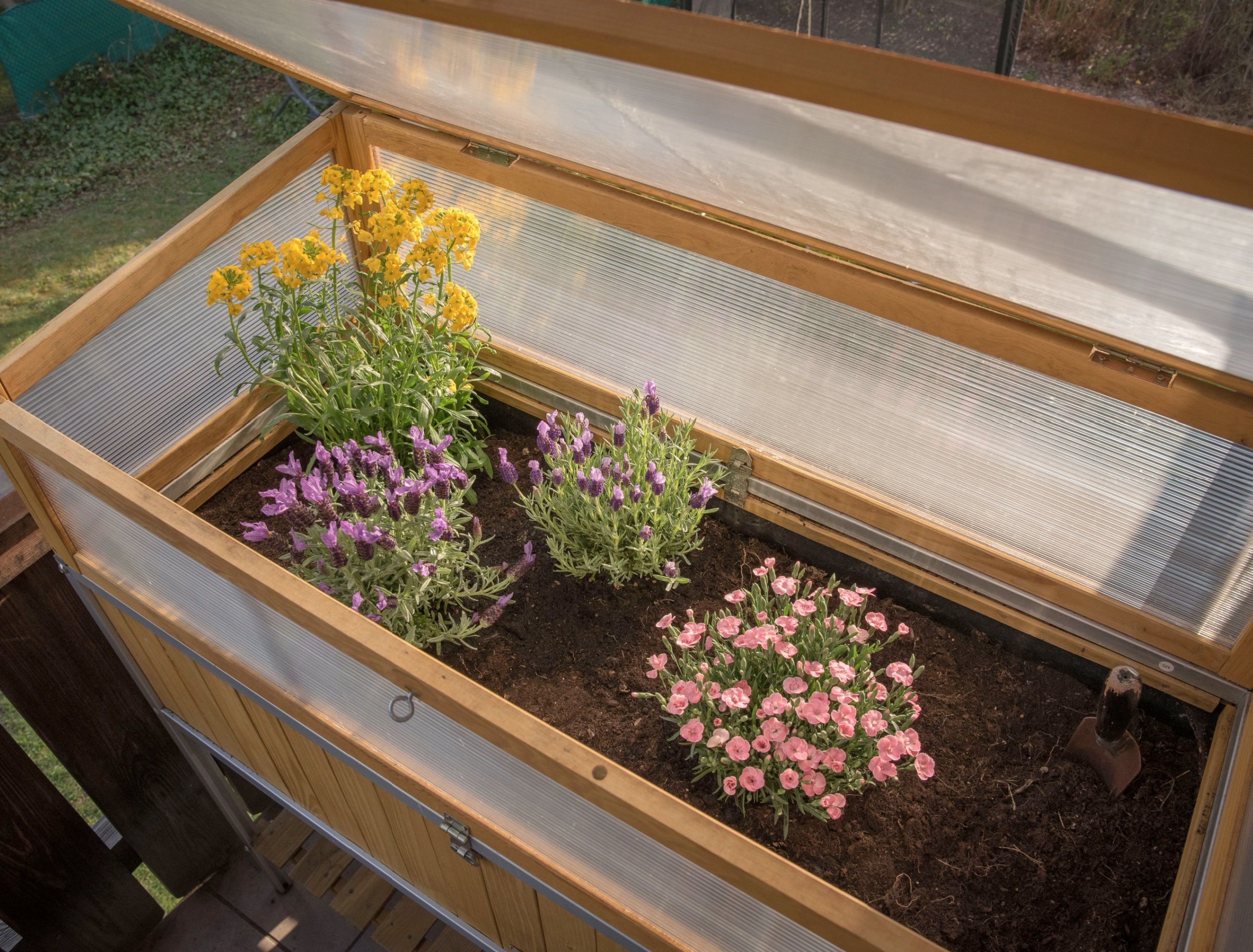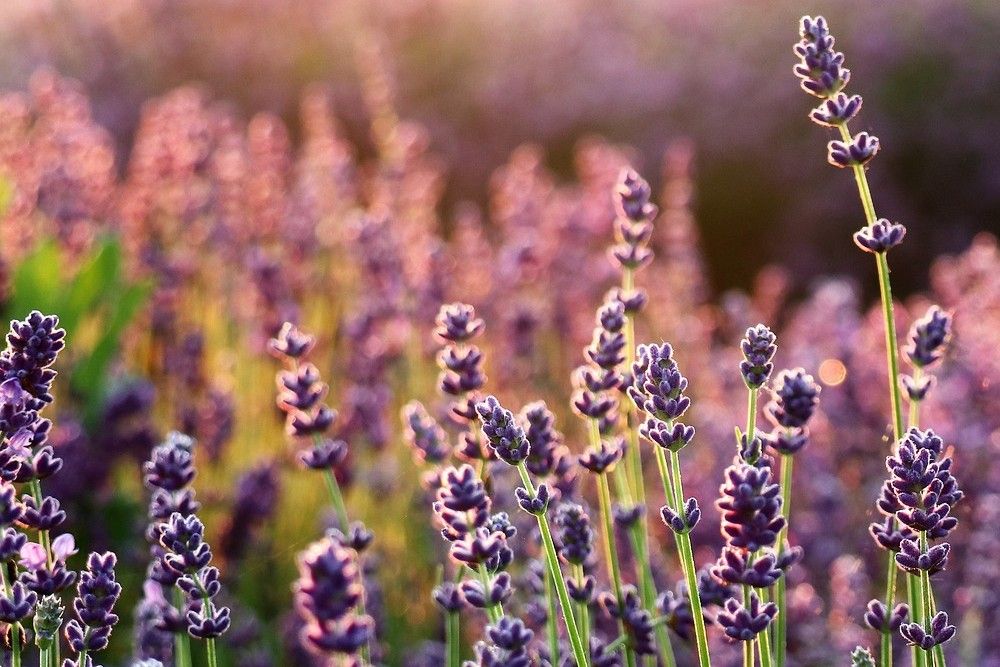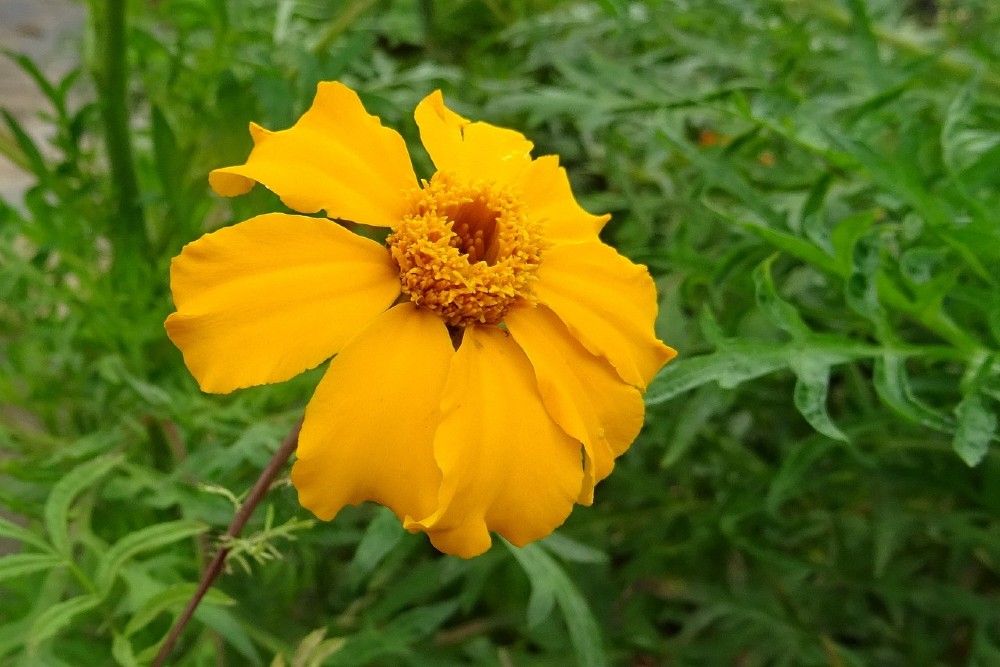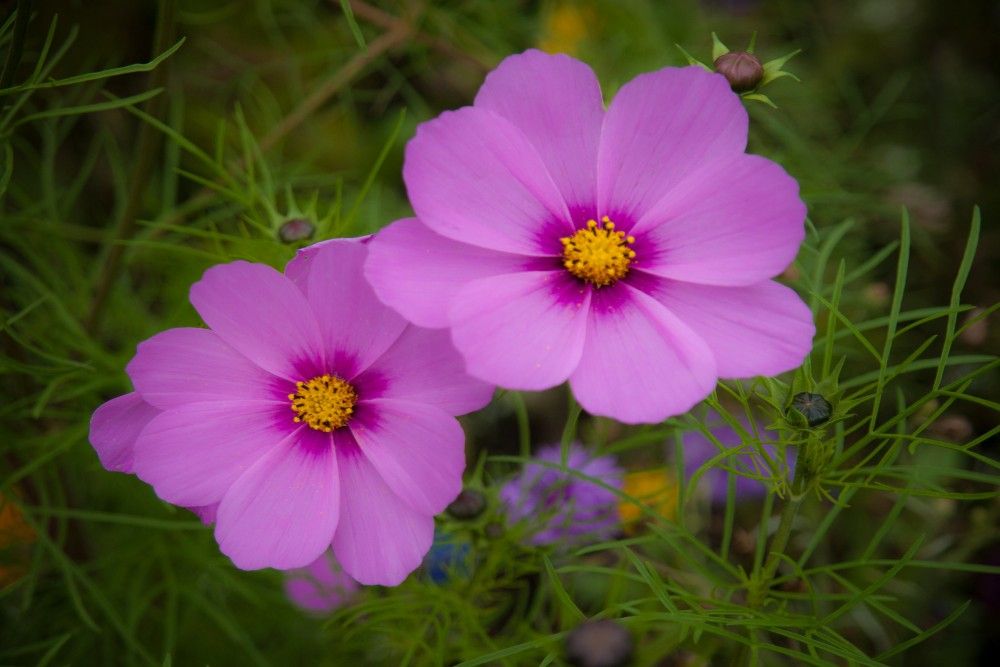Raised garden beds have been around for centuries and are becoming an increasingly popular gardening method these days. These garden beds have some distinct advantages, from weed control to healthier soil, and choosing what to plant in them is most definitely the fun part! Flowers make the perfect addition to raised garden beds, on their own or interspersed among fruits and veggies.
Are you looking forward to starting your own raised flower garden this season? Learn about the best flowers to grow in your raised garden beds this year!
Calendula
Image credits: Yoksel Zok via Unsplash
Calendula (Calendula officinalis) is part of the daisy family. The flowers bloom in orange, and yellow with some white and bi-colored cultivars available. These flowers look beautiful in large groupings and are wonderful attractants for pollinators, such as bees.
Calendulas are easy to grow and enjoy the well-draining soil of a raised garden bed. This short-lived perennial also deter insects such as asparagus beetles and tomato hornworms, making them an excellent companion plant in vegetable raised garden beds.
Calendulas' use extends to culinary purposes as well, making great additions to salads. Consider this easy-going multi-purpose flower for your raised garden bed next season!
Lavender
Image credits: Mouse23via Pixabay
Lavender (Lavendula) is a perennial with a very popular, lovely fragrance. The purple blooms and blue/gray foliage of the plant can make great hedges or borders and grow from one to three feet tall.
One of the most common reasons lavender does not survive is too much water. For this reason, the well-draining nature of a raised garden bed is the perfect place to grow lavender. Even better, lavender will make the outdoors more comfortable for you to hangout in because it repels mosquitos, flies, and fleas.
Other great reasons to include lavender in your raised garden bed plans are that it is used both medicinally and for culinary purposes. Traditionally, the fragrance of lavender was a perfume, and the plant was an anti-microbial. Modern-day studies of lavender essential oil have shown effective sedative properties. Lavender also makes a delicious tea, and is a great flavoring in beverages when made into syrup!
Nasturtium
Image credits: Geekybodhi via Creative Commons
Nasturtium (Tropaeolum majus) has beautifully colored blooms and equally unique, nearly circular, leaves. The artist Monet enjoyed them so much, he grew them along his front door pathway to his home in France! But, don't just take his word for it.
These flowers make excellent space fillers in a raised garden bed and ground cover types will bring some dimension by growing up a trellis. These flowers enjoy the warm sunshine, well-draining soil, and lack of pests.
Nasturtium is also a great flower to companion plant in your raised vegetables garden, especially with cabbage, broccoli, and kale
Both the leaves and flowers of nasturtium are edible and have different flavor profiles depending on where they grow. You can also grind up the seeds as a seasoning to replace pepper.
Signet Marigolds
Image credits: Bishnu Sarangi via Pixabay
Signet marigolds (Tagetes tenuifolia) are beautiful prolific blooms that come in a wide range of colors from oranges and yellows to whites and reds. These flowers are popular around the world and are the one variety of marigolds that grows well in containers.
Marigolds have edible flowers that can adorn salads or other foods as garnish. These flowers also repel deer and rabbits due to the smell they excrete. Due to this fact, these flowers work well among vegetables or other plants where you would like to keep these animals away.
Cosmos
Image credits: Wwarby via Creative Commons
Another easy-to-grow addition to a raised garden bed is cosmos. The name originates from the Greek word "kosmos" meaning orderly and is referring to the orderly appearance of the petals. These blooms come in a variety of colors and sizes, with a fragrance that is attractive to butterflies.
Cosmos help to attract insects to the garden that are beneficial, such as mini wasps and hoverflies. These insects will prey on destructive insects, thus helping the garden to thrive. They specifically feed on aphid larvae, depleting their numbers for you!
Chamomile
Image credits: Couleur via Pixabay
Technically classified as an herb, chamomile (Matricaria chamomilla) is a wonderful blooming herb that is a great addition to a raised garden bed. The two varieties are nearly identical but have slightly different properties and growing patterns. German chamomile is an annual that grows upwards, while Roman chamomile has a stronger fragrance, is perennial, and grows along the ground.
Chamomile enjoys well-draining soil and has very few problematic pests. These flowers will repel some pests, making it a great companion to vegetable plants. Plant them next to carrots and you'll see a decrease in carrot flies!
Aside from this, chamomile is useful for relaxation purposes and makes excellent tea!
Flower Power
If you find yourself dreaming up your spring raised garden bed, consider these flowers next season! Not all flowers thrive in raised garden beds and can even help their planted companions, so it's important to choose wisely.
While each of the flowers listed grows well in a raised garden bed, the reasons to plant them differ! Some flowers provide culinary purposes, like chamomile and cosmos, others are great companion plants keeping pests away like calendula and marigolds.
Which flowers will you include in your raised garden bed next season? Share your favorites in the comment section below!







